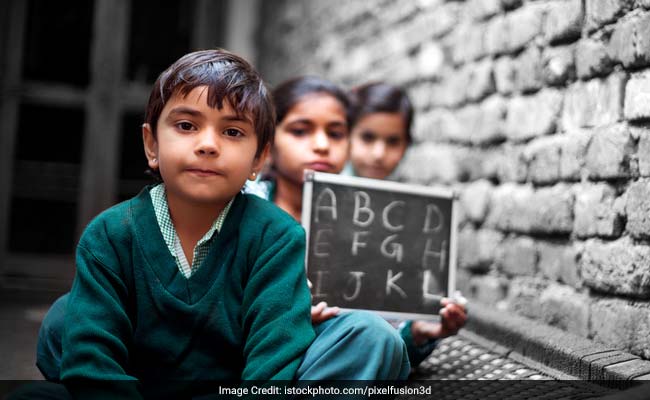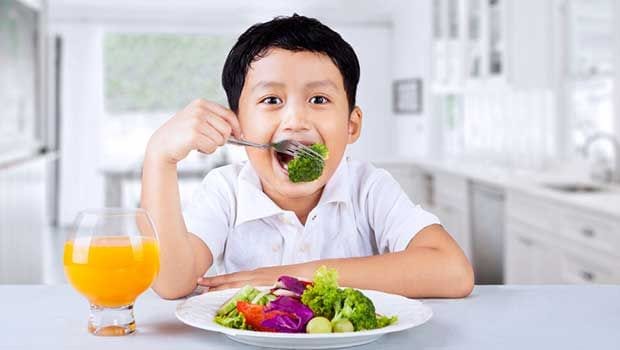The survey revealed a 24-point reduction in under-five mortality rate: From 74 children under five dying for every 1,000 live births in 2005-06, it is now 50. It shows that many Indian children are doing better than they ever have. However, there is a long way to go for India, as its IMR of 41 still lags behind other poorer neighbours, such as Bangladesh (31) and Nepal (29) and the African countries of Rwanda (31) and Botswana (35). India's under-five mortality (50) is substantially worse than its poorer neighbours, such as Nepal (36) and Bangladesh (38) and Bhutan (33).
Although infant deaths has reduced by 48 per cent over 23 years, India is far from the 2015 millennium development goal - set in consultation with the United Nations - of an IMR of 27. There are also large differences among states. For example, Chhattisgarh had the highest IMR (54), and Madhya Pradesh the highest under-five mortality (65) in the country, while Kerala's IMR (6) and under-five mortality (7) rates were the lowest.

Mizoram was the only state to report an increase in infant mortality -- from 34 deaths per 1,000 live births in 2005-06 to 40 in 2015-16. The data for Uttar Pradesh have not been released.
As many as 62 per cent of Indian children between the ages of 12 and 23 months were fully immunised -- for BCG, measles, and three doses each for polio and diphtheria and tetanus -- up from 43.5 per cent in 2005-06.
Immunisation is known to be the most cost-effective method to prevent disease and death. Every year, India loses 500,000 children under the age of two due to diseases preventable by vaccination, according to a March 2015 Press Information Bureau report.
As many as 90.7 per cent of children were immunised in public-health facilities, compared with 82 per cent in 2005-06; children immunised in private facilities dropped from 10.5 per cent in 2005-06 to 7.2 per cent.
The proportion of children under the age of five who reported suffering from diarrhoea in the two weeks preceding the survey was nearly constant over the decade -- 9.2 per cent in 2015-16 compared to 9 per cent in 2005-06. However, the proportion of children with diarrhoea who received the recommended treatment of oral rehydration salts (50.6 per cent) doubled compared to a decade ago (26 per cent).
More children with diarrhoea were taken to a health facility (67.9 per cent) compared to 2005-06 (61.3 per cent) -- indicating increased awareness about common childhood diseases and recommended treatment among parents.

There was a 10 percentage-point decrease in stunted children -- low height-for-age -- below age five: From 48 per cent in 2005-06 to 38.4 per cent in 2015-16. There was also a seven-percentage-point decrease in children under five who were underweight (low weight-for-age), from 42.5 per cent in 2005-06 to 35.7 per cent in 2015-16. Fewer children between aged 59 months to six years suffered from anaemia in 2015-16, (58.4 per cent) compared to 69.4 per cent in 2005-06.
However, the proportion of children under five who were wasted -- low weight-for-height -- increased from 19.8 per cent to 21 per cent. The number of severely wasted children increased from 6.4 per cent to 7.5 per cent.
Inputs from IANS












